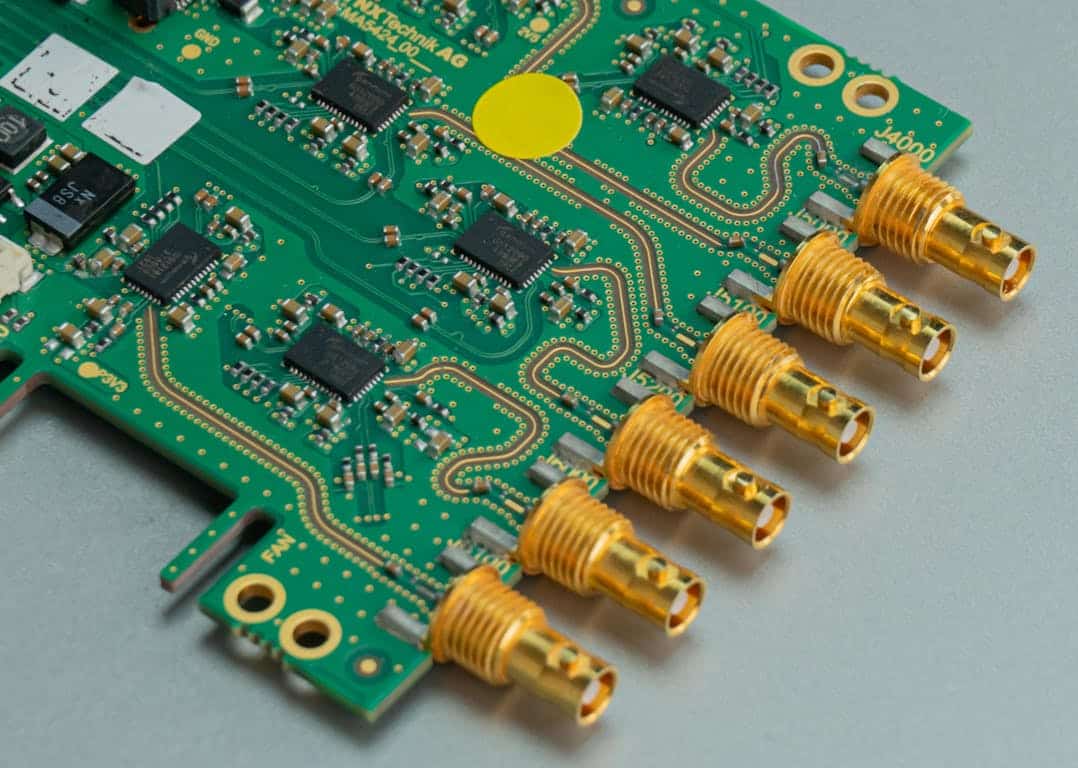India is now on a drive towards Atmanirbharta or self-reliance especially in the central sector of semiconductor with an unveiled incentive scheme worth ₹ 76000 crore. This grand scheme pertains to the aspiration of the government to lure providers to invest in semiconductor manufacturing facilities in India and establish the nation’s place in the global arena.
Why is India Investing in Semiconductor?
Being essential components of contemporary electronics, semiconductors are involved in a wide range of applications, including communication and Internet devices, computing systems, vehicles, and medical equipment. At present, India has a minuscule domestic semiconductor industry, forcing it to import most if not all of its semiconductors. The government’s incentive scheme seeks to address this dependence and achieve several key objectives: The government’s incentive scheme seeks to address this dependence and achieve several key objectives:
- Boosting Economic Growth: The Development of the domestic Semiconductor industry contributes significantly to India’s GDP by generating high-value employment and more investment in the related sectors.
- Reducing Import Reliance: If India has a robust local-level manufacturing sector, then it will not rely heavily on international suppliers, and in turn, the fluctuations in the external markets will not have a profound impact on the country’s economy.
- Driving Technological Advancement: The growth concept of a domestic semiconductor industry implies that the sectors of the Indian economy requiring this component would increase innovation and technological progress within the country.
What Does the Incentive Scheme Offer?
The proposed ₹76,000 crore program is available to any company interested in investing in semiconductor manufacturing in India by affording financial incentives to these companies. These incentives may include:
Subsidies: The government may contribute by providing funding to absorb some of the cost of capital other than the operating cost when establishing fabrication units (fabs) and any other necessary facilities.
Tax Breaks: Another advantage of foreign direct investment refers to the fact that a company can be absolved from corporate tax or import duties on equipment and materials.
Land Allotment: As for some aspects, such as providing sites for the establishment of manufacturing facilities, the government may provide the land at reasonable prices.
It is therefore expected that the specific conditions under which those incentives will apply will depend on the kind of semiconductor facilities being set up as well as the size of investment being made.
Challenges and Opportunities
Despite the immense potential, the government’s initiative faces some significant challenges:
- Global Competition: The world demand for semiconductors is very liberal, and those players who have already been in the market have devised attractive promos to those who are manufacturing electronic gadgets. To that end, it will be imperative for India to ramp up its offer curve to entice leading companies to its nation.
- Workforce Development: It is, therefore, important to ensure that the program is staffed with the relevant skills for the success of the program. India will require investment to develop human resources through education programs and training exercises to produce the right kind of engineers, technicians, technologists, and other skilled staff in semiconductor design, fabrication, and evaluation.
- Infrastructure Development: It is apparent that there are prerequisites to developing a semiconductor ecosystem; these include strategic infrastructure such as electricity supply, clean water, and transport systems.
Addressing these challenges will be critical to the success of the program. However, the potential rewards are significant. If India can overcome these hurdles, the ₹76,000 crore incentive scheme has the potential to transform the country’s semiconductor industry, propelling India towards self-reliance and a prominent position in the global market.
India’s Semiconductor Ambitions: A Deep Dive into the ₹76,000 Crore Incentive Scheme
ELECTIONS RESULT IN INDIA 2024
India’s announced ₹76,000 crore incentive package for semiconductor manufacturing is a complete departure in the country’s technology and industrial policy trajectory. Expanding on all the facets of the program covered in this article will reveal its goals, possible benefits, and more about how the program will be done.
Beyond Self-Sufficiency: Strategic Considerations
While reducing dependence on imports is a key objective, India’s ambitions go beyond mere self-sufficiency. The program aims to:
- Geopolitical Security: It is almost impossible to overstate the strategic importance of semiconductors for modern states. It enhances the robustness of India’s domestic industry and also enables the country to retain control over the procurement of chipsets required for defense, communication, and other strategic fields.
- Technological Leadership: A robust domestic semiconductor industry can catalyze development in semiconductor architecture with the potential for having India as the technology driver in high-growth frontier areas such as AI & IoT.
Beyond Incentives: Building the Ecosystem
The ₹76,000 crore scheme is just one piece of the puzzle. To create a sustainable ecosystem, India needs to focus on:
- Foundational Research: Aspiring to become a global player in the semiconductor, it is strategic to invest in local R&D institutions to support the development of independent chip design technologies.
- Collaboration with Academia: The essential component of making the workforce vulnerable is creating strong linkages between the universities and industries to produce qualified graduates for the sector.
- Building a Supply Chain: The availability of a good supply chain plays a critical role in the success of a business, especially in sourcing raw materials as well as equipment and other related components.
The Road Ahead: Addressing Challenges and Seizing Opportunities
For India’s semiconductor ambitions to flourish, it needs to effectively address existing challenges:
- Cost Competitiveness: To facilitate the domestic solar market to become cost-competitive, the Indian government has to remove barriers through integrated policies, assure policy stability in the long term, and provide enough infrastructure.
- Intellectual Property Protection: To advance these principles and to create an effective framework for the protection of IP, strong IPOS and solid IP legislation are required to attract advances in technology-driven companies.
- Environmental Sustainability: It is an industry that has a definite impact on the environment prerequisites for chip production. It’s high time that India should incorporate sustainable strategies into its framework and research new environmentally friendly techniques.
Despite the challenges, India has several advantages:
- Talent Pool: India has also resource richness of talented engineers and scientists that can be a boon for the growth of the semiconductor.
- Growing Domestic Market: The market of electronics in India is expanding rapidly at a fast pace and several convenient customers are present for domestically manufactured semiconductors.
- Government Support: The one ray of hope that is visible at the moment is the India Government’s efforts to bring long-term growth solutions through ₹76,000 crores announced in the form of the new scheme and several other measures, part of which is the new scheme and the rest are still to be announced.
Conclusion: A Long Game with High Stakes
India’s foray into the semiconductor industry is very long-term, very high-risk but high reward as well. The ₹76,000 crore incentive scheme will require an integrated structure of a major focus on the abovementioned challenges while building on existing capabilities and fostering opportunities for coordination between the industry, academia, and government. If implemented correctly, this program aims at changing the state of India into one of the most influential markets in the semiconductor map in the world and cementing the nation’s technological sovereignty.


